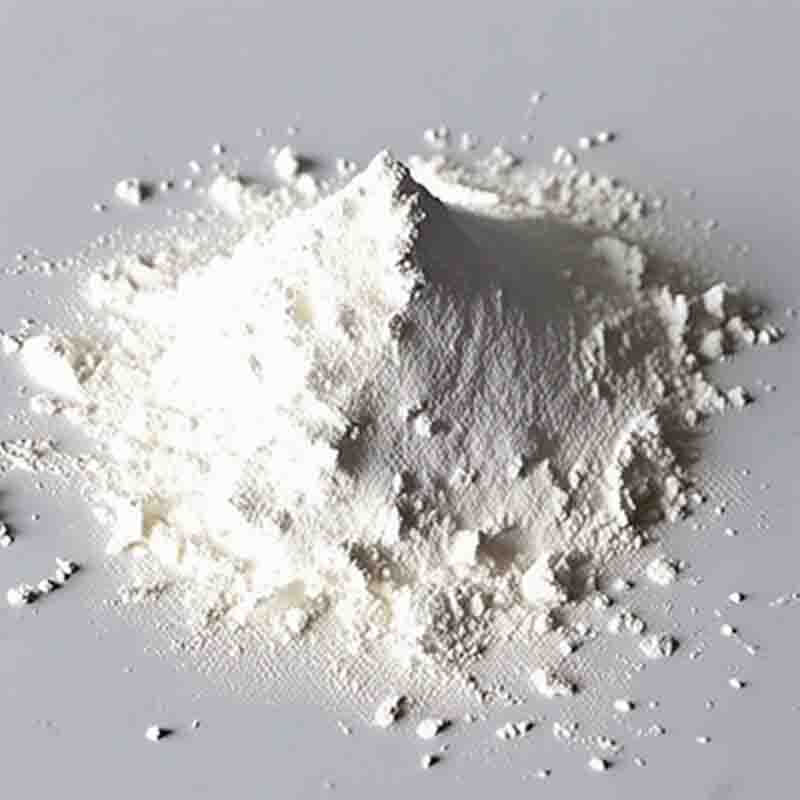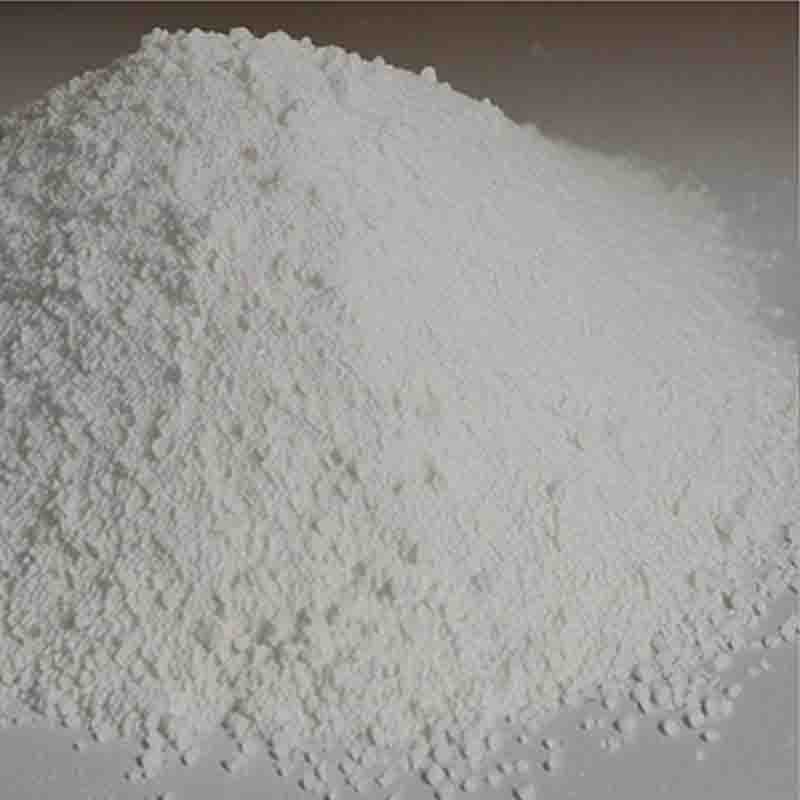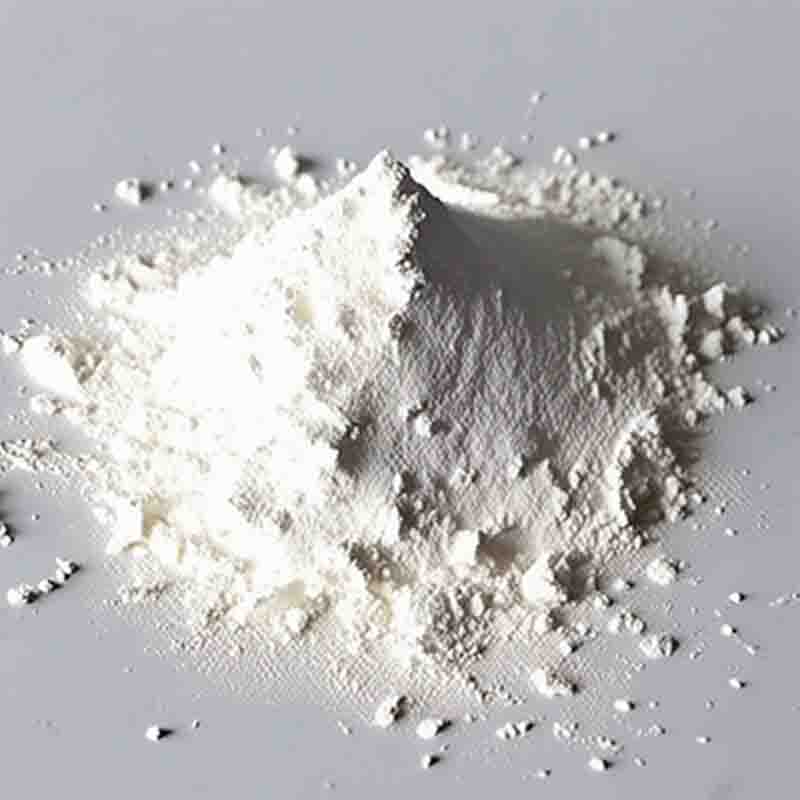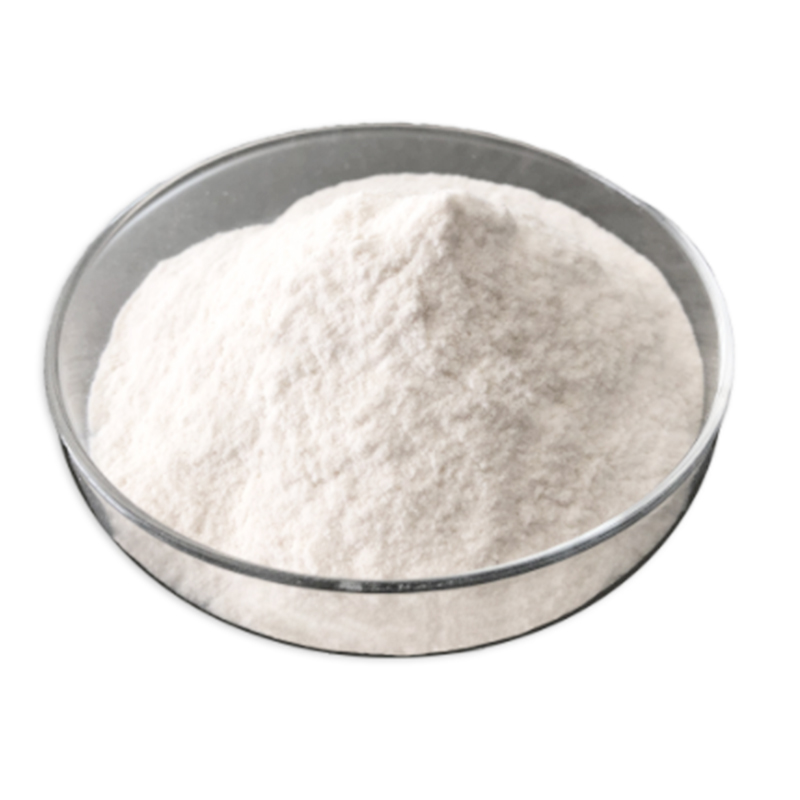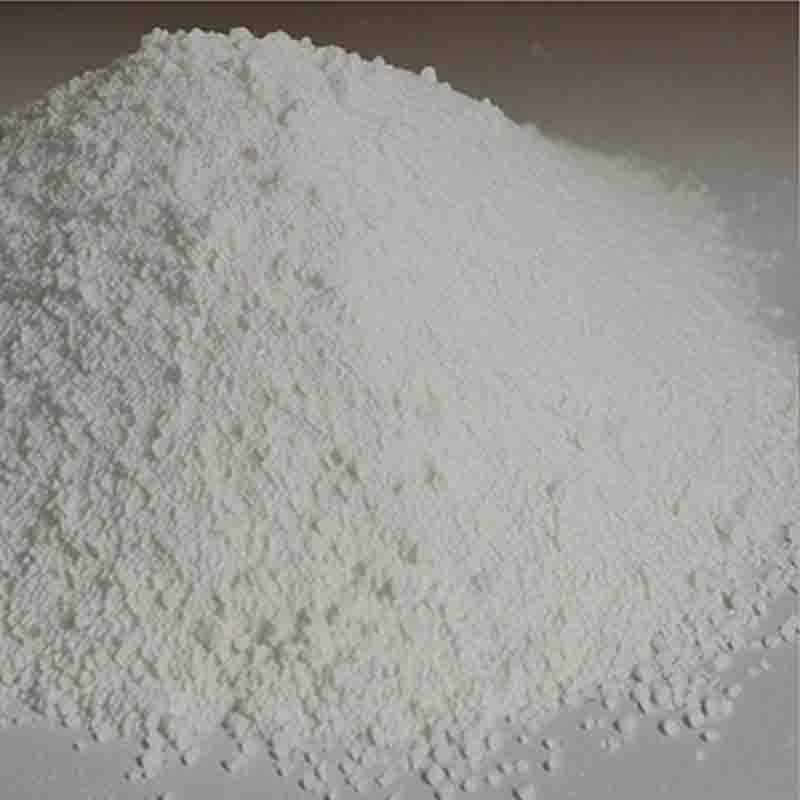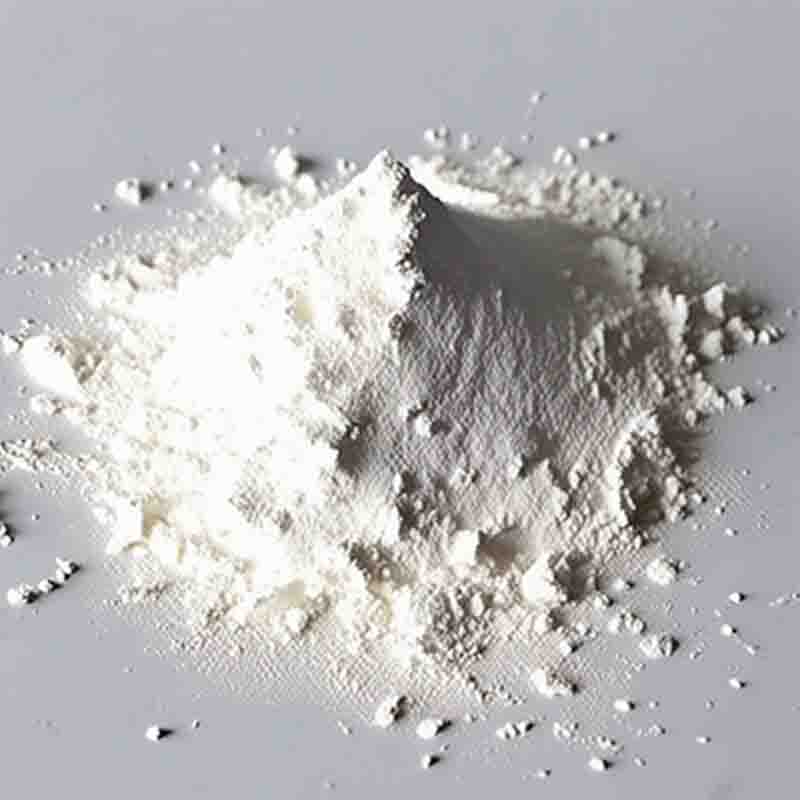2-Chloro-3′,4′-dihydroxyacetophenone CAS:99-40-1
| Catalog Number | XD94786 |
| Product Name | 2-Chloro-3',4'-dihydroxyacetophenone |
| CAS | 99-40-1 |
| Molecular Formula | C8H7ClO3 |
| Molecular Weight | 186.59 |
| Storage Details | Ambient |
Product Specification
| Appearance | White powder |
| Assay | 99% min |
2-Chloro-3',4'-dihydroxyacetophenone is a specific compound that belongs to the class of acetophenone derivatives. This compound possesses a chloro substituent on the 2-position of the aromatic ring and hydroxyl groups on the 3' and 4' positions. These structural features can potentially influence its biological effects and properties.The chlorine atom in 2-Chloro-3',4'-dihydroxyacetophenone can play a significant role in altering its physicochemical properties and biological activities. Chlorine atoms are electronegative, which can affect the compound's reactivity and interactions with other molecules. It can potentially modulate its solubility, lipophilicity, and bioavailability.The hydroxyl groups present at the 3' and 4' positions of the compound's aromatic ring suggest potential antioxidant activity. Hydroxyl groups are known for their ability to scavenge free radicals and protect cells from oxidative damage caused by reactive oxygen species. Therefore, it is plausible that 2-Chloro-3',4'-dihydroxyacetophenone may exhibit antioxidant properties.Additionally, the acetophenone derivative structure is known for its various biological activities, including anti-inflammatory, analgesic, antimicrobial, and anticancer properties. These activities can be attributed to the compound's ability to interfere with key cellular processes and signaling pathways, such as inflammation mediators' production, enzymatic activity, or DNA replication.While specific research on the effects of 2-Chloro-3',4'-dihydroxyacetophenone is limited, it is reasonable to speculate that it may exhibit similar pharmacological activities as other acetophenone derivatives. However, it is crucial to note that the specific effects and mechanisms of action of the compound would require further investigation through in vitro and in vivo studies.Furthermore, it is important to acknowledge that the biological effects of 2-Chloro-3',4'-dihydroxyacetophenone can be influenced by factors such as concentration, administration route, and target cells or tissues. Therefore, comprehensive investigation is necessary to understand its potential therapeutic applications and safety profile.In summary, 2-Chloro-3',4'-dihydroxyacetophenone possesses a unique structural configuration with a chlorine atom and hydroxyl groups. These structural features suggest potential antioxidant activity and the possibility of exhibiting various biological activities, such as anti-inflammatory, analgesic, antimicrobial, and anticancer properties. However, further research is required to validate these effects and establish its potential as a therapeutic agent.


